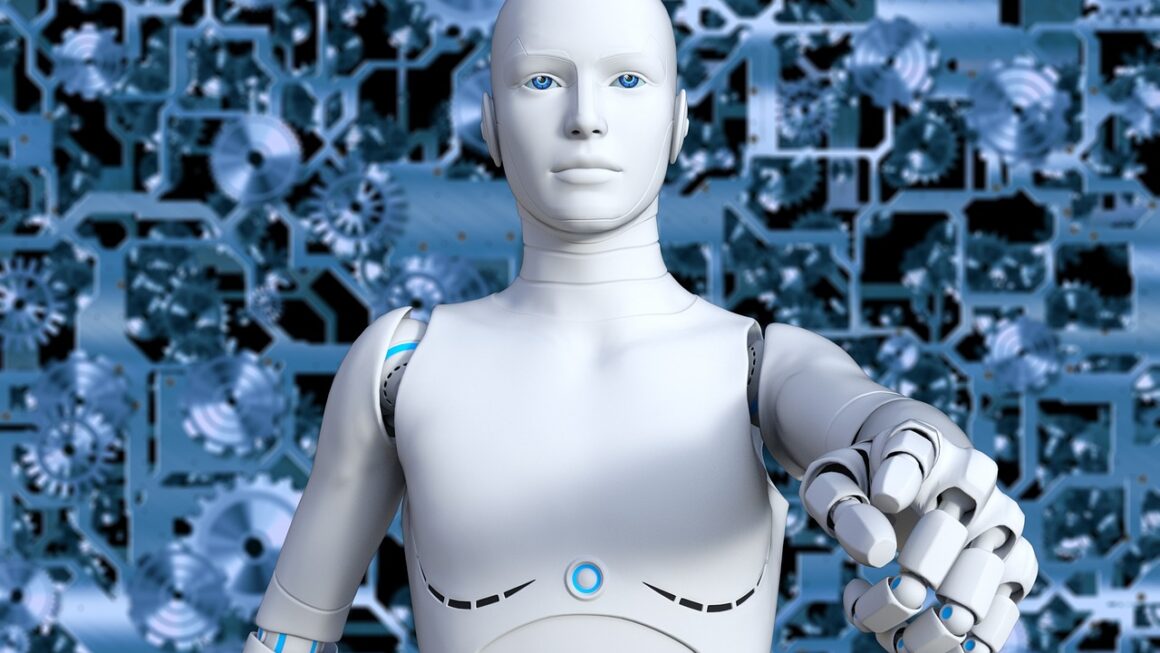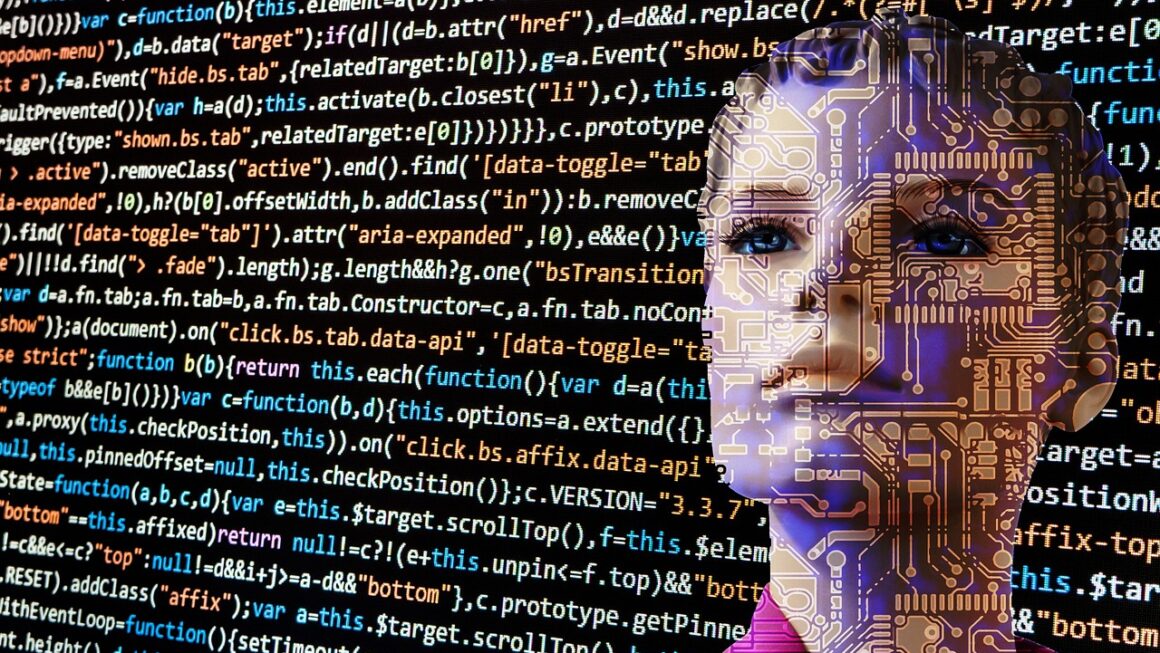The relentless march of Artificial Intelligence (AI) continues to reshape industries and redefine what’s possible. From automating mundane tasks to driving groundbreaking discoveries, AI innovation is not just a buzzword; it’s a fundamental force propelling us into a future brimming with potential. This blog post explores the latest advancements in AI, offering insights into how these innovations are being applied across various sectors and what the future holds.
AI in Healthcare: Revolutionizing Patient Care
AI is transforming healthcare in profound ways, improving diagnostics, treatment, and patient experiences.
Predictive Diagnostics and Personalized Medicine
AI algorithms can analyze vast datasets of patient information – including medical history, genetic data, and lifestyle factors – to predict the likelihood of developing certain diseases.
- Example: IBM Watson Oncology assists doctors in making treatment decisions by analyzing medical literature and patient records to suggest personalized treatment options for cancer patients.
- Benefit: Early detection leads to more effective treatments and improved patient outcomes.
- Data Analysis: AI can identify patterns and anomalies that might be missed by human doctors, improving diagnostic accuracy.
Automated Tasks and Enhanced Efficiency
AI-powered systems can automate many administrative and clinical tasks, freeing up healthcare professionals to focus on patient care.
- Example: AI-powered chatbots can handle routine inquiries from patients, schedule appointments, and provide basic medical information.
- Efficiency Boost: Reduced administrative burden and streamlined workflows.
- Real-world Impact: Hospitals are using AI to optimize bed allocation, predict patient surges, and manage inventory more effectively.
Drug Discovery and Development
AI is accelerating the drug discovery process by analyzing vast chemical libraries and predicting the efficacy and safety of new drug candidates.
- Example: Insilico Medicine uses AI to identify potential drug targets and design new molecules with desired properties, significantly reducing the time and cost associated with drug development.
- Benefit: Faster development of life-saving medications.
- Impact: AI can analyze complex biological data to identify novel drug targets that might have been overlooked by traditional research methods.
AI in Business: Optimizing Operations and Driving Growth
AI is not just for tech giants; businesses of all sizes are leveraging AI to optimize operations, enhance customer experiences, and drive revenue growth.
Automation and Efficiency
AI-powered automation tools can streamline repetitive tasks, reduce errors, and improve overall efficiency.
- Example: Robotic Process Automation (RPA) uses AI to automate tasks such as data entry, invoice processing, and customer service interactions.
- Benefit: Reduced operational costs and increased productivity.
- Actionable Takeaway: Identify repetitive tasks within your organization that could be automated using AI tools.
Enhanced Customer Experience
AI is enabling businesses to provide personalized and seamless customer experiences across all touchpoints.
- Example: Chatbots provide instant customer support, personalized recommendations, and proactive assistance, improving customer satisfaction and loyalty.
- Personalization: AI algorithms analyze customer data to understand their preferences and tailor interactions accordingly.
- Recommendation Systems: AI-powered recommendation engines suggest products or services that are likely to be of interest to individual customers.
Data-Driven Decision Making
AI algorithms can analyze vast datasets to identify trends, patterns, and insights that can inform strategic decision-making.
- Example: AI-powered analytics tools can analyze sales data to identify best-selling products, customer segments, and marketing campaigns, enabling businesses to optimize their marketing strategies.
- Predictive Analytics: AI can predict future sales, customer churn, and other key business metrics, enabling businesses to make proactive decisions.
- Real-world Impact: Companies are using AI to optimize pricing strategies, manage inventory levels, and identify new market opportunities.
AI in Manufacturing: Transforming the Factory Floor
AI is revolutionizing manufacturing by enabling smarter, more efficient, and more flexible production processes.
Predictive Maintenance
AI algorithms can analyze data from sensors on machinery to predict when maintenance is needed, reducing downtime and preventing costly equipment failures.
- Example: GE’s Predix platform uses AI to analyze data from sensors on jet engines to predict when maintenance is needed, reducing downtime and improving fuel efficiency.
- Benefit: Reduced downtime, lower maintenance costs, and improved equipment reliability.
- Data Sources: AI can analyze data from vibration sensors, temperature sensors, and other sources to detect anomalies that indicate potential problems.
Quality Control
AI-powered vision systems can inspect products for defects with greater speed and accuracy than human inspectors.
- Example: Cognex’s In-Sight vision systems use AI to inspect products for defects, such as scratches, dents, and misaligned components.
- Benefit: Improved product quality, reduced waste, and lower inspection costs.
- Accuracy: AI-powered vision systems can detect even minor defects that might be missed by human inspectors.
Robotics and Automation
AI is enabling robots to perform more complex and tasks with greater autonomy, improving efficiency and flexibility on the factory floor.
- Example: Collaborative robots (cobots) work alongside human workers, assisting with tasks such as assembly, packaging, and material handling.
- Benefit: Increased productivity, reduced labor costs, and improved safety.
- Flexibility: AI-powered robots can be easily reprogrammed to perform different tasks, making them ideal for manufacturers that produce a variety of products.
Ethical Considerations and the Future of AI
As AI becomes more pervasive, it’s crucial to address the ethical implications and ensure that AI is developed and used responsibly.
Bias and Fairness
AI algorithms can inherit biases from the data they are trained on, leading to unfair or discriminatory outcomes.
- Challenge: Ensuring that AI systems are trained on diverse and representative datasets.
- Solution: Developing techniques to detect and mitigate bias in AI algorithms.
- Importance: Fairness in AI is essential for building trust and ensuring that AI benefits everyone.
Transparency and Explainability
It’s often difficult to understand how AI algorithms arrive at their decisions, which can raise concerns about accountability and trust.
- Challenge: Making AI algorithms more transparent and explainable.
- Solution: Developing techniques to explain the reasoning behind AI decisions.
- Importance: Explainable AI (XAI) is crucial for building trust and ensuring that AI is used responsibly.
Job Displacement
AI-powered automation could lead to job displacement in some industries.
- Challenge: Addressing the potential impact of AI on the workforce.
- Solution: Investing in education and training programs to help workers adapt to the changing job market.
- Importance: Ensuring that workers have the skills and training they need to succeed in the age of AI.
Conclusion
AI innovation is rapidly transforming industries and shaping the future. By understanding the latest advancements in AI and addressing the ethical considerations, businesses and individuals can harness the power of AI to drive progress and improve lives. From personalized medicine to optimized manufacturing, the possibilities are endless. The key is to embrace AI responsibly and ethically, ensuring that its benefits are shared by all.




